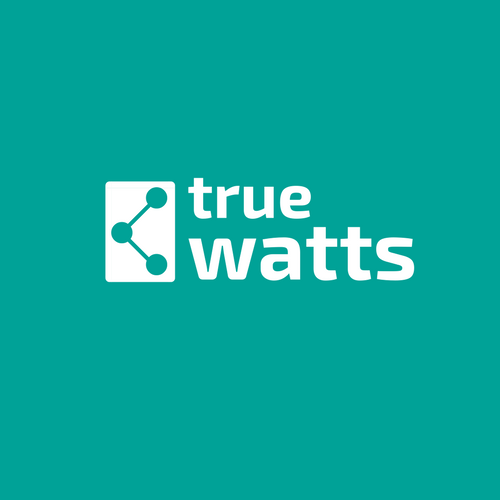Why is the IEC 61000-4-30 standard important for Power Quality Monitoring?
- truewatts

- Jul 8, 2024
- 1 min read
Updated: Jul 21

IEC 61000-4-30 is a standard that defines the measurement methods and parameters for power quality instruments used in power systems with a fundamental frequency of 50 Hz or 60 Hz.
This standard ensures that power quality monitoring instruments from different manufacturers use the same definitions and standardized measurement techniques for power quality parameters such as sag, swell, frequency, interruption, flicker, unbalance, harmonics, interharmonics, and the 2 kHz–150 kHz frequency band
The IEC 61000-4-30 standard is divided into two classes:
Class A: Instruments that meet the requirements of Class A will produce the same results when measuring the same signal. This class complies with the highest performance and accuracy requirements of the standard and is suitable for applications where disputes may arise.
Class S: Instruments that comply with the requirements of Class S are useful for statistical surveys and applications where disputes are not involved. The accuracy and performance requirements for Class S are less stringent than those of Class A.




Comments